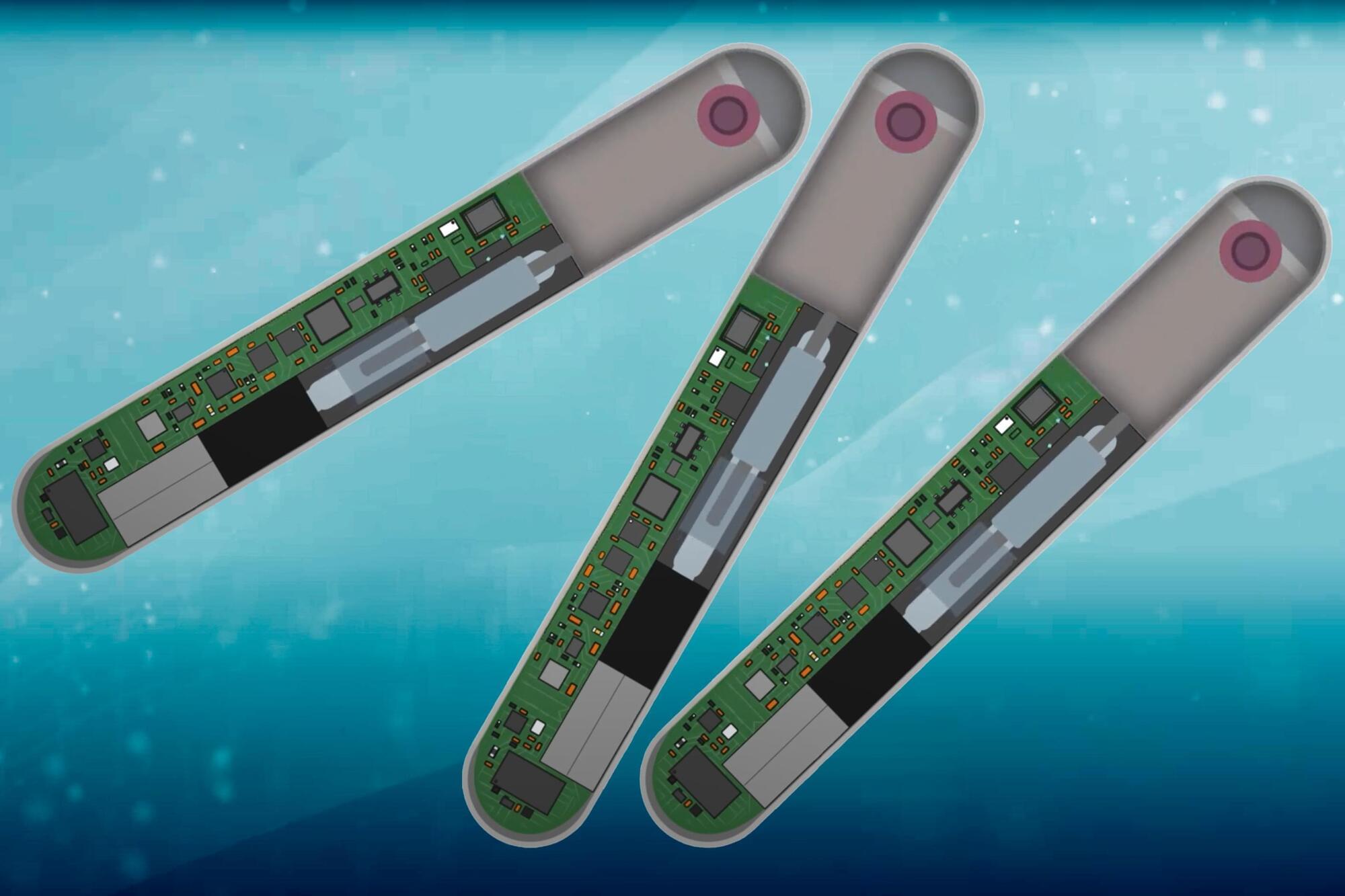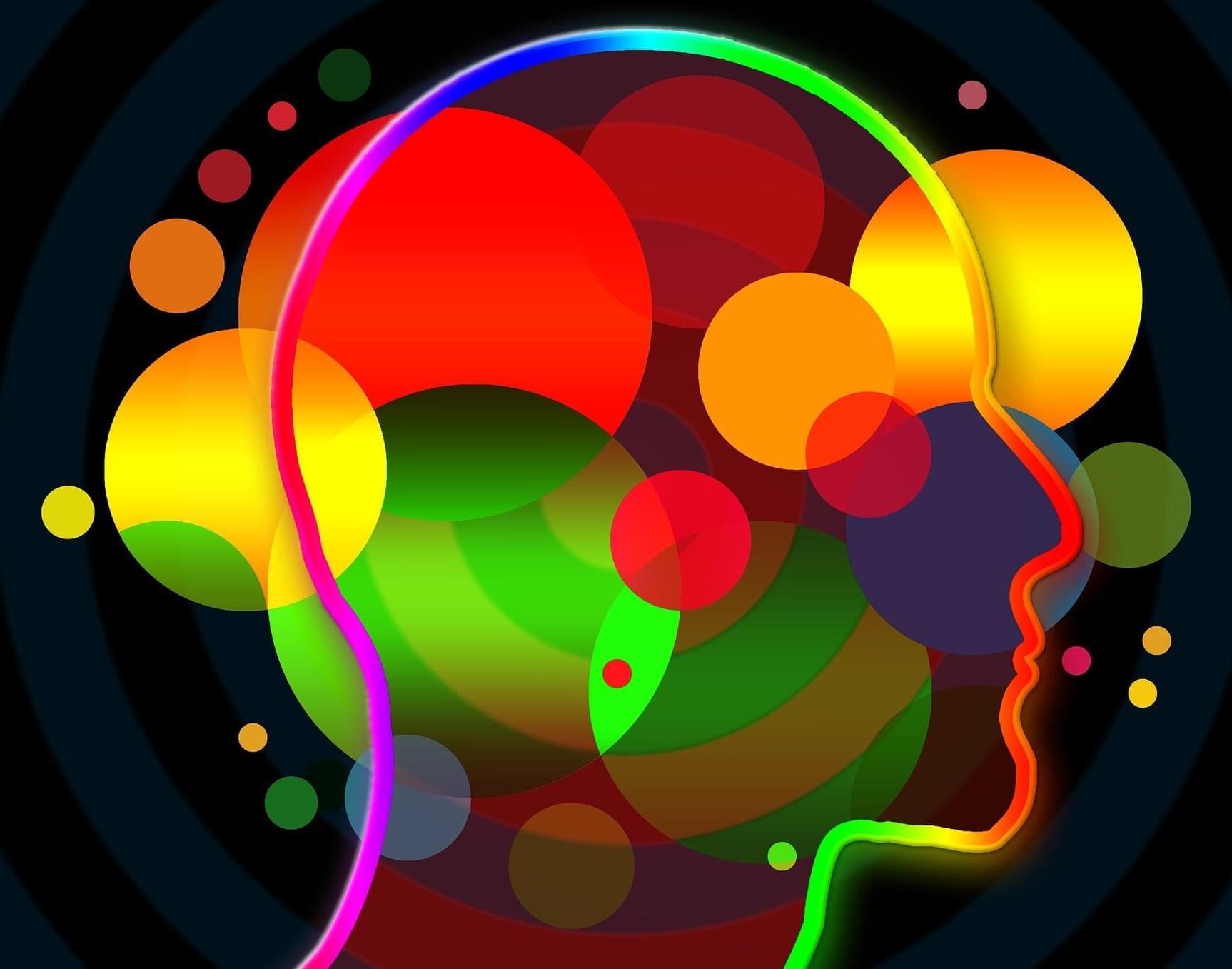To create useful randomness in a quantum computer, you could add more quantum bits, but using quantum chaos does the trick too



The substances behind the slimy strings from okra and the gel from fenugreek seeds could trap microplastics better than a commonly used synthetic polymer. Previously, researchers proposed using these sticky natural polymers to clean up water. Now, they report in ACS Omega that okra and/or fenugreek extracts attracted and removed up to 90% of microplastics in ocean water, freshwater and groundwater.
Rajani Srinivasan and colleagues have been exploring nontoxic, plant-based approaches to attract and remove contaminants from water. In one set of lab experiments, they found that polymers from okra, fenugreek and tamarind stick to microplastics, clumping together and sinking for easy separation from water.
Srinivasan spoke about successful demonstrations of the plant extracts in freshwater and ocean water at ACS Spring 2022, a meeting of the American Chemical Society. In this next stage of the research, they have optimized the process for okra and fenugreek extracts in various types of water.





A pioneering clinical study found that pairing vagus nerve stimulation (VNS) with traditional therapy eliminated PTSD diagnoses in all participants up to six months post-treatment.

Quantum technologies, which leverage quantum mechanical effects to process information, could outperform their classical counterparts in some complex and advanced tasks. The development and real-world deployment of these technologies partly relies on the ability to transfer information between different types of quantum systems effectively.
A long-standing challenge in the field of quantum technology is converting quantum signals carried by microwave photons (i.e., particles of electromagnetic radiation in the microwave frequency range) into optical photons (i.e., visible or near visible light particles). Devices designed to perform this conversion are known as microwave-to-optical transducers.
Researchers at the California Institute of Technology recently developed a new microwave-to-optical transducer based on rare-earth ion-doped crystals. Their on-chip transducer, outlined in a paper published in Nature Physics, was implemented using ytterbium-171 ions doped in a YVO4 crystal.

What makes us care about others? Scientists studying empathy have found that people are more likely to choose to empathize with groups rather than individuals, even though they find empathizing equally difficult and uncomfortable in both cases.
The scientists suggest that the sight of groups of people could offer more contextual information which helps people decide whether to empathize, and therefore increases the chances that they choose to do so.
“People’s willingness to empathize is different depending on who the target is: a single individual or a group of people,” said Dr. Hajdi Moche of Linköping University, Sweden, lead author of an article in Frontiers in Psychology.